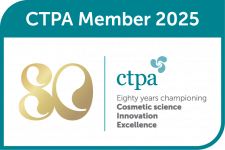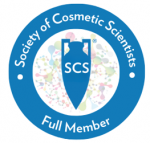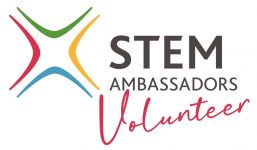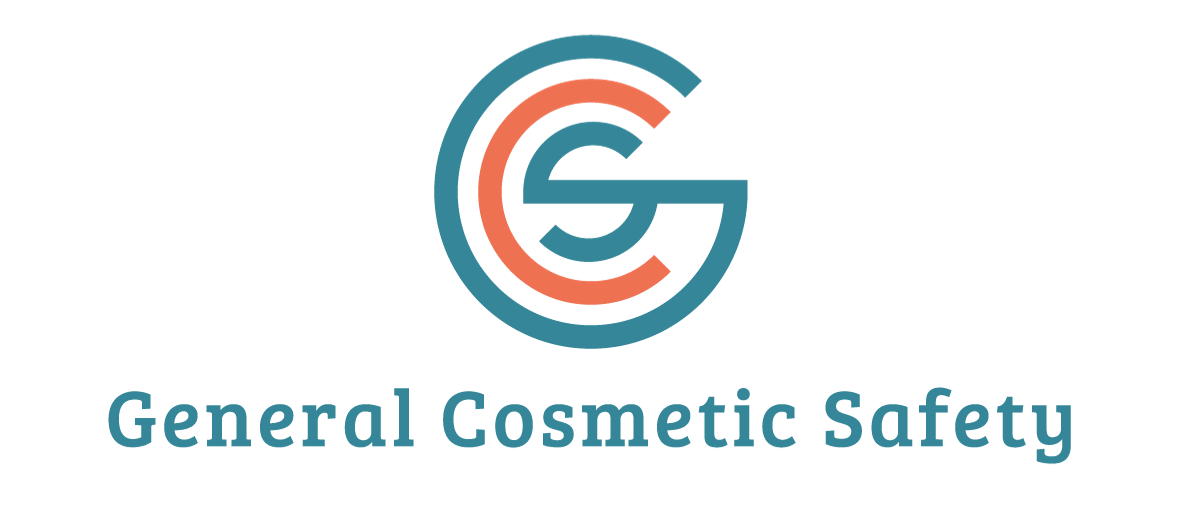Do you have a cosmetic product you would like to sell? And you are wondering what the next steps are. You know you need to get a CPSR, but what do you need to have in place before you ask for the CPSR?
Anhydrous Products
If the product is anhydrous (without water), doesn’t contain high levels of alcohol or is otherwise not a microbial risk, then these are the following things to consider:
- Set up your manufacturing area so it is clean and suitable for use (refer to HPRA guidance document Good Manufacturing Practice)
- MOST IMPORTANT – finalise the formulation. Make sure you are happy with the ingredients you are using, and how much you are using. Do plenty of checks, make lots of samples. It is advisable to assign product codes to each formulation you invent.
- Once you have the finished formulation, make some samples up, and put them to one side (e.g. on a windowsill at room temperature, in the fridge), so you can check if they are stable (Stability blog). Look at them at regular intervals (maybe weekly or monthly) and write observations e.g. appearance, colour, aroma. Once you have checked them for a month you can request a CPSR, but the test should be continued for the full length of the shelf-life you wish to use (BBE/period after opening).
- Choose the packaging you wish to use. Make sure it is suitable for cosmetics (to be safe, use food-grade). Put some of the sample batch you have made into the pack you have chosen. Put the packs to one side and look at them at regular intervals (maybe weekly or monthly) and write observations e.g. appearance, colour, aroma, pack integrity, weight. This will help support packaging compatibility. Once you have checked them for a month you can request a CPSR, but the test should be continued for the full length of the shelf-life you wish to use.
- Start designing your labels. The CPSR will contain the correct INCI names and allergens that need to be listed so it is advisable to wait until you have the CPSR before finalising the text.
- Save all the suppliers’ documents you receive for each raw material. Put them in a folder. This will be the start of your Product Information File.
- You are now ready to request a CPSR.
Products Containing Water
- Set up your manufacturing area so it is clean and suitable for use (refer to Good Manufacturing Practice).
- MOST IMPORTANT – finalise the formulation. Make sure you are happy with the ingredients you are using, and how much you are using. Do plenty of checks, make lots of samples. It is advisable to assign product codes to each formulation you invent.
- Make some samples up and do your own testing / observations.
- Choose the packaging you wish to use. Make sure it is suitable for cosmetics (to be safe, use food-grade). Put some of the sample batch you have made into the pack you have chosen and do your own testing / observations.
- Once you are satisfied that the formulation and the packaging, make up fresh samples and send them off for testing for stability (e.g. Emsworth) and microbial challenge test (e.g. ISCA Cosmetic Testing). Stability testing takes 3 months and challenge testing 1 month. Packaging compatibility testing can be done along with samples stability testing.
- Start designing your labels. The CPSR will contain the correct INCI names and allergens that need to be listed so it is advisable to wait until you have the CPSR before finalising the text but you can prepare them yourselves (ref CosIng).
- Save all the suppliers’ documents you receive for each raw material. Put them in a folder. This will be the start of your Product Information File.
- You are now ready to request a CPSR.
Safety Assessor Qualifications
MSc (Distinction), University of Strathclyde
BSc (Hons) Chemistry, University of Nottingham
Certificate - Safety Assessment of Cosmetics in the EU, Vrije University Brussels
Get in Touch
If you would like to discuss any of your products or ranges, please fill out our contact form




